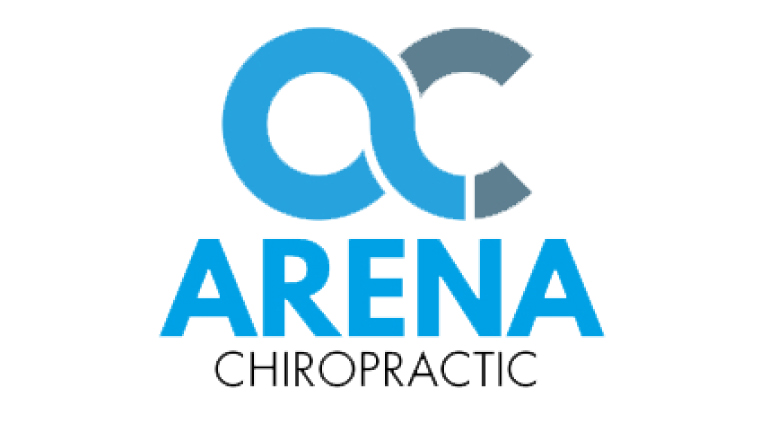Simon and Garfunkel [and later, The Bangles] had it right. Winter light is hazy – it’s more diffuse. The sun is lower in the sky and the sun’s rays reach the Earth at an angle, losing much of their power. And of course, there’s less sunlight during each 24-hour day of winter than during the rest of the year.
All these facts make it more important during winter to ensure you’re getting your daily dose of sunlight. Humans depend on sun exposure to satisfy daily requirements of vitamin D. Vitamin D deficiency is classically associated with loss of bone mass, and is also associated with rheumatoid arthritis, cardiovascular disease, cancer, and type 1 diabetes.
Humans need sunshine. It’s not just a matter of aesthetics or a personality quirk like being a sun-worshipper. In Southern California and the rest of the Southwest there’s plenty of sunshine all year round. Everywhere else in the United States, though, direct sunlight is much harder to find.
Humans also need exercise. And, as time is a precious commodity for all of us, it makes sense during winter to exercise and get your daily dose of sunlight at the same time.
Doing aerobic exercise outdoors perfectly fulfills our requirements. Walking, running, and cycling get us out into the fresh air and sunshine. If you’re used to riding a stationary bike or walking or running on a treadmill at home or at the gym, winter is the time to take it outside.
Your bones will benefit greatly by increased contact with direct sunlight. And, interestingly, your entire body will benefit from your new outdoors focus. Machines such as treadmills and stationary bikes are great – they make it easy to exercise. But there’s a big difference in terms of overall benefit when you’re actually riding a real bike up a real hill or running on a real surface that changes configuration on almost every step.
The difference relates to proprioception – your body’s response to physical changes in three-dimensional space. Bottom line – the more overall use you make of your body, the more you’ll benefit. Exercising outdoors provides whole-body training in ways machines never can.
The need to actively seek out sunshine during winter creates a wonderful opportunity to broaden our exercise horizons. Make sure to dress appropriately and to wear UV-protecting sunglasses.
Many affordable brands of high-performance sportswear are available that wick moisture away from your skin and provide good insulation. Layering is the way to go. You can remove layers as you get warmer. Wicking-and-insulating caps and gloves are also available. It’s better to be a little too warm than a little too cold.
Be sure to consult with your chiropractor about the most effective forms of exercise for you. She will be able to help you design a customized exercise program that works for you.
1Holick MF: Sunlight and vitamin D for bone health and prevention of autoimmune diseases, cancers, and cardiovascular disease. Am J Clin Nutr 80(6):1678S-1688S, 2004
2Mohr SB, et al:The association between ultraviolet B irradiance, vitamin D status and incidence rates of type 1 diabetes in 51 regions worldwide. Diabetologia 51(8):1391-1398, 2008
3Buccello-Stout RR, et al: Effects of sensorimotor adaptation training on functional mobility in older adults. J Gerontol B Psychol Sci Soc Sci 63(5):P295-300, 2008




